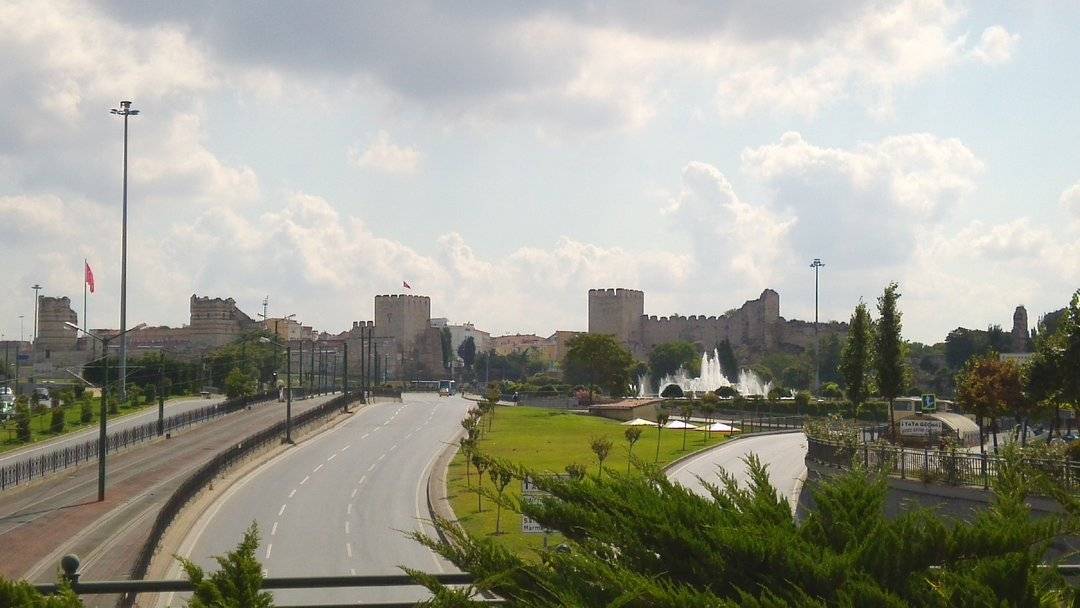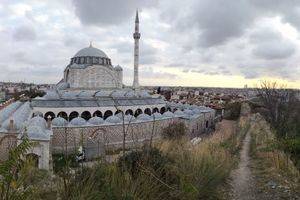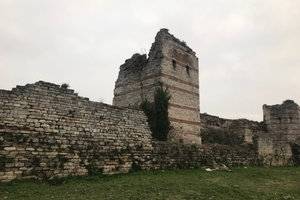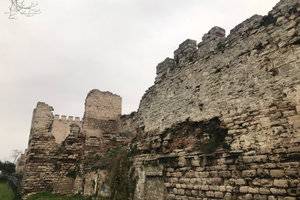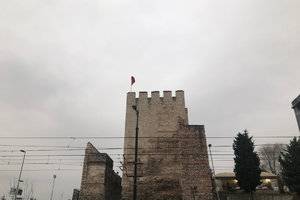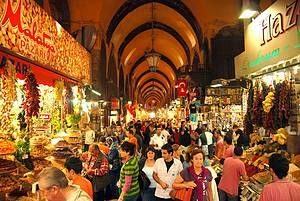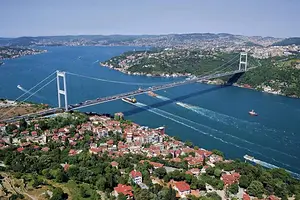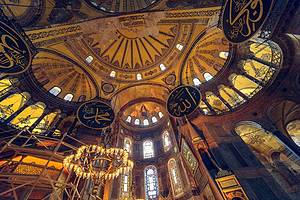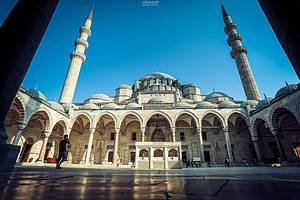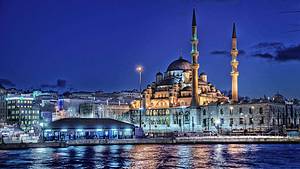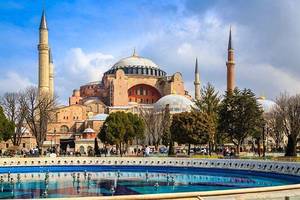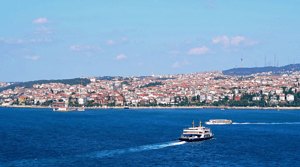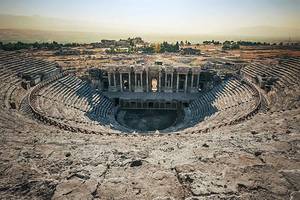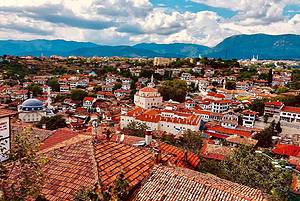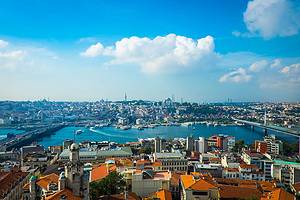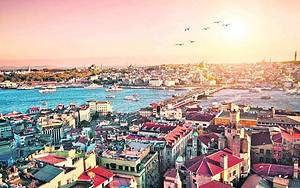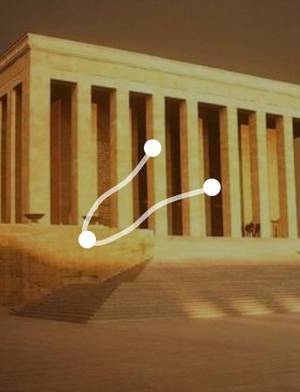Walls of Constantinople, A Millennium of Resilient History
4.5
Introduction
The Istanbul City Walls are a stone wall that surrounds and protects Constantinople (now known as Istanbul). It has existed since the time of the Roman Emperor Constantine I. The walls have undergone numerous additions and repairs, and are now one of the most complex and sophisticated fortress systems in the world.
Initially constructed during the reign of Constantine I, the walls surrounded the new capital from all sides, defending against attacks by land and sea. While some parts of the wall were not built with the most advanced technology, with proper defense, the Constantinople City Walls were impregnable during any medieval siege. The walls effectively protected Constantinople and the Byzantine Empire from invasions by Avars, Arabs, Rus', Bulgarians, and others. However, with the advent of siege artillery, the walls were no longer invincible.
During the Ottoman Empire, the walls were still maintained in their original form. However, as the city developed, some parts were removed while others fell into disrepair. Despite not being fully preserved, many parts of the walls still stand today, allowing people to appreciate its glorious history. In the 1980s, there were extensive restoration and reconstruction efforts carried out by the government and now visitors can admire the magnificence of the walls as they once were. Opening hours Recommended for daytime visits, from 08:00 to 17:00.
Transportation Get off at Pazartekke station on Istanbul Tram line and walk 200 meters to arrive.
 There is a large green area outside the city wall
There is a large green area outside the city wall


